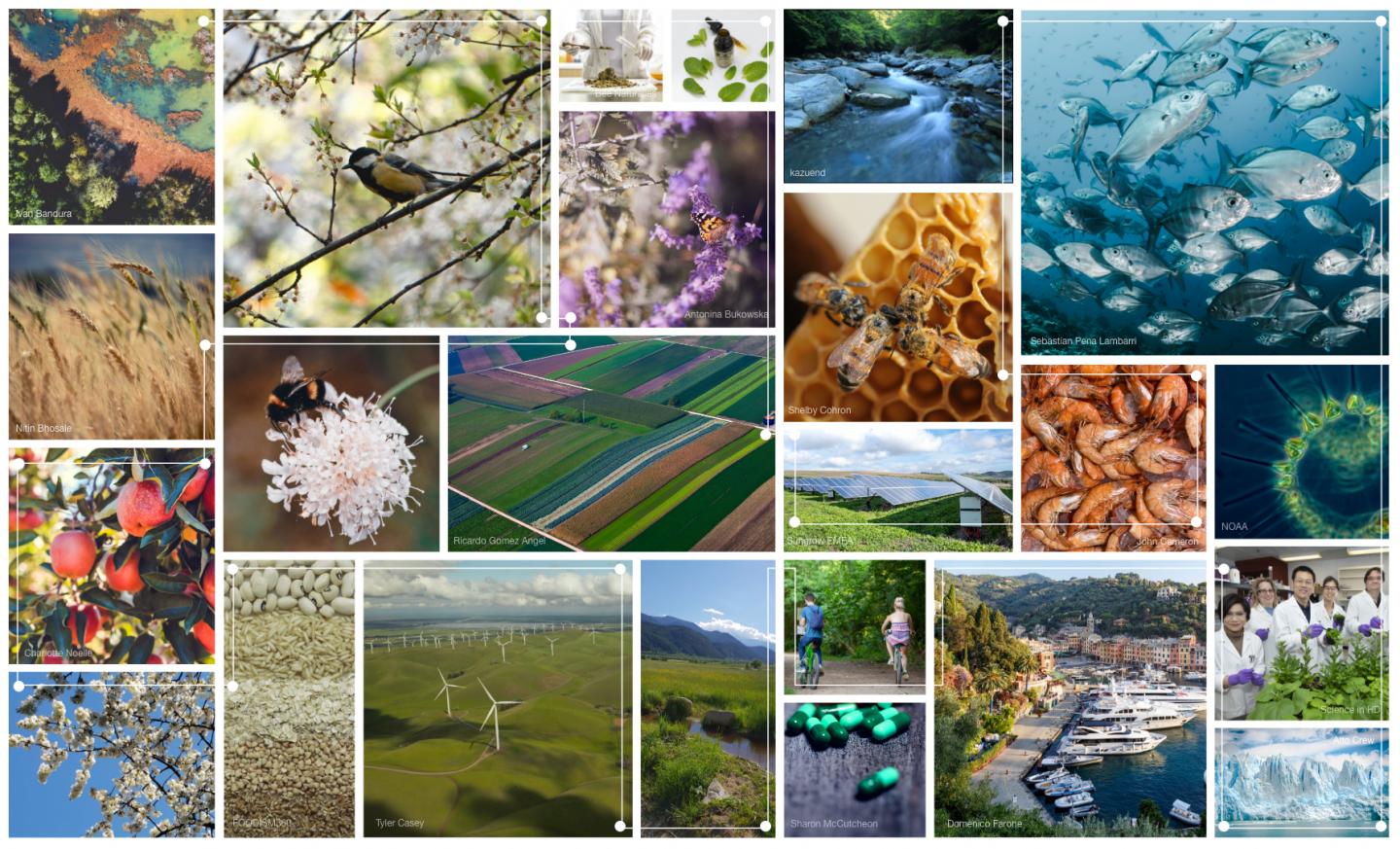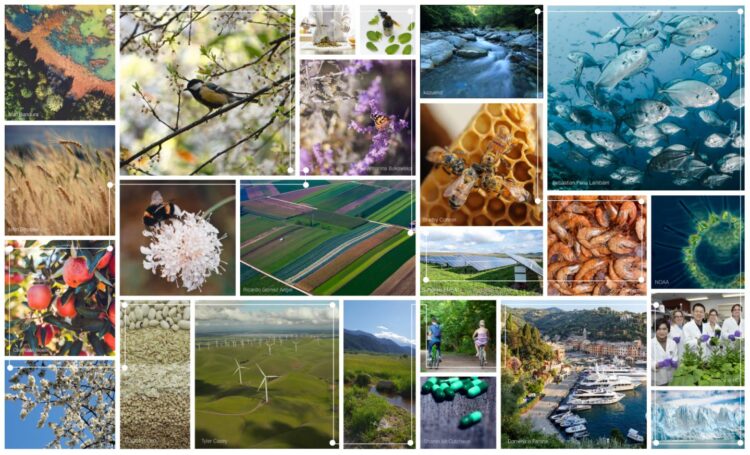
Credit: Pensoft
In recent years, the concept of Ecosystem Services (ES): the benefits people obtain from ecosystems, such as pollination provided by bees for crop growing, timber provided by forests or recreation enabled by appealing landscapes, has been greatly popularised, especially in the context of impeding ecological crises and constantly degrading natural environments.
Hence, there has been an increasing need for robust and practical methodologies to assess ES, in order to provide key stakeholders and decision-makers with crucial information. One such method to map and assess ES: the ES Matrix approach, has been increasingly used in the last decade.
The ES Matrix approach is based on the use of a lookup table consisting of geospatial units (e.g. types of ecosystems, habitats, land uses) and sets of ES, meant to be assessed for a specific study area, which means that the selection of a particular study area is the starting point in the assessment. Only then, suitable indicators and methods for ES quantification can be defined. Based on this information, a score for each of the ES considered is generated, referring to ES potential, ES supply, ES flow/use or demand for ES.
Originally developed in a 2009 paper by a team, led by Prof Dr Benjamin Burkhard (Leibniz University Hannover and Leibniz Centre for Agricultural Landscape Research ZALF), the ES Matrix allows the assessment of the capacity of particular ecosystem types or geospatial units to provide ES.
Ten years later, a research led by Dr C. Sylvie Campagne (Leibniz University Hannover, Germany), Dr Philip Roche (INRAE, France), Prof Dr Felix Muller (University of Kiel, Germany) and Prof Dr Benjamin Burkhard conducted a review of 109 published studies applying the ES matrix approach to find out how the ES matrix approach was applied and whether this was done in an oversimplified way or not.
In their recent paper, published in the open-access, peer-reviewed journal One Ecosystem, the review confirms the method’s flexibility, appropriateness and utility for decision-making, as well as its ability to increase awareness of ES. Nevertheless, the ES matrix approach has often been used in a “quick and dirty” way that urges more transparency and integration of variability analyses, they conclude.
“We analysed the diversity of application contexts, highlighted trends of uses and proposed future recommendations for improved applications of the ES matrix. Amongst the main patterns observed, the ES matrix approach allows for the assessment of a higher number of ES than other ES assessment methods. ES can be jointly assessed with indicators for ecosystem condition and biodiversity in the ES matrix,” explains Campagne.
“Although the ES matrix allows us to consider many data sources to achieve the assessment scores for the individual ES, these were mainly used together with expert-based scoring (73%) and/or ES scores that were based on an already-published ES matrix or deduced by information found in related scientific publications (51%),” she elaborates.
In 29% of the studies, an already existing matrix was used as an initial matrix for the assessment and in 16% no other data were used for the matrix scores or no adaptation of the existing matrix used was made.
“Nevertheless, we recommend to use only scores assessed for a specific study or, if one wishes to use pre-existing scores from another study, to revise them in depth, taking into account the local context of the new assessment,” she points out.
The researchers also acknowledge the fact that 27% of the reviewed studies did not clearly explain their methodology, which underlines the lack of method elucidation on how the data had been used and where the scores came from. Although some studies addressed the need to consider variabilities and uncertainties in ES assessments, only a minority of studies (15%) did so. Thus, the team also recommends to systematically report and consider variabilities and uncertainties in each ES assessment.
“We emphasise the need for all scientific studies to describe clearly and extensively the whole methodology used to score or evaluate ES, in order to be able to rate the quality of the scores obtained. The increasing number of studies that use the ES matrix approach confirms its success, appropriateness, flexibility and utility to generate information for decision-making, as well as its ability to increase awareness of ES, but the application of the ES matrix has to become more transparent and integrate more variability analyses,” they conclude.
###
Original source:
Campagne CS, Roche P, Müller F, Burkhard B (2020) Ten years of ecosystem services matrix: Review of a (r)evolution. One Ecosystem 5: e51103. https:/
Media Contact
Dr C. Sylvie Campagne
[email protected]
Related Journal Article
http://dx.





